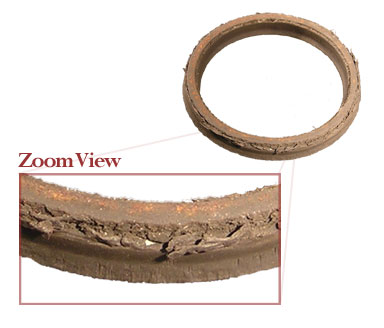Seal Failure Analysis
When seals fail, the result can have a major impact on your business with downtime, loss of production, warranty claims, or simply unhappy customers.
Seal problems can occur when the seals are exposed to less-than-optimal operating conditions, which can vary widely and shift over time. The actual operating conditions may be vastly different from the originally specified conditions for which a seal was intended.
Signs of a failed seal include degradation, blisters, cracks, voids, discoloration, or swelling.
Common causes of seal failure include:
- Changing system or operating parameters
- Change of fluid
- Breakdown of fluid over time
- Improper maintenance of hydraulic fluids
- Inappropriate seal type and material pairing
- Poor lubrication
- Temperatures higher than specification
- Friction (speeds running faster than specification)
- Contamination near the sealing gap
- Aging
- Installation failures
- Surface foundation
When a seal fails prematurely or if you would like to extend the seal life, it is time to request a Seal Failure Analysis by an American High Performance Seals engineer. Our highly skilled engineers can analyze seal failures using our extensive knowledge gained from years of experience. In most cases, we are able to develop an improved seal for extended service life.
To find out if you’re a good candidate for a Seal Failure Assessment, contact American High Performance Seals.

Problem: Seal failure due to a large extrusion gap.
Solution: Changing to a seal design with an integrated back-up ring solved this problem.

